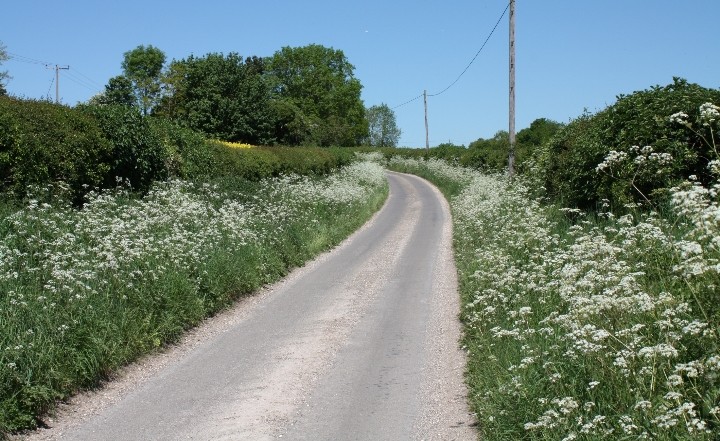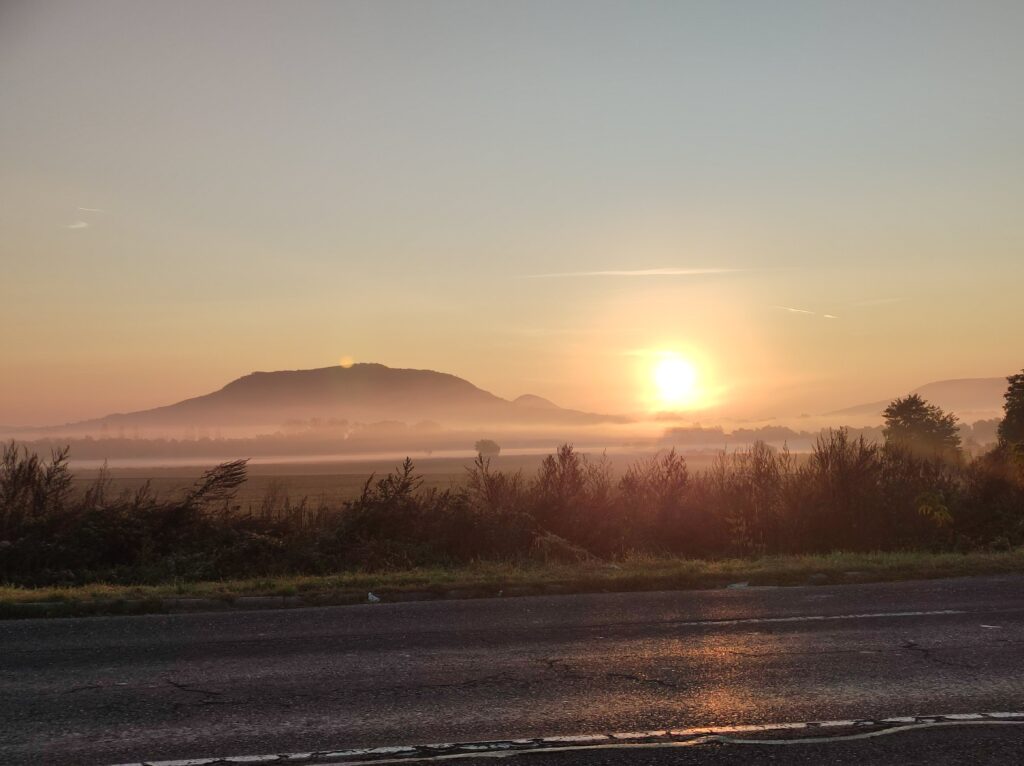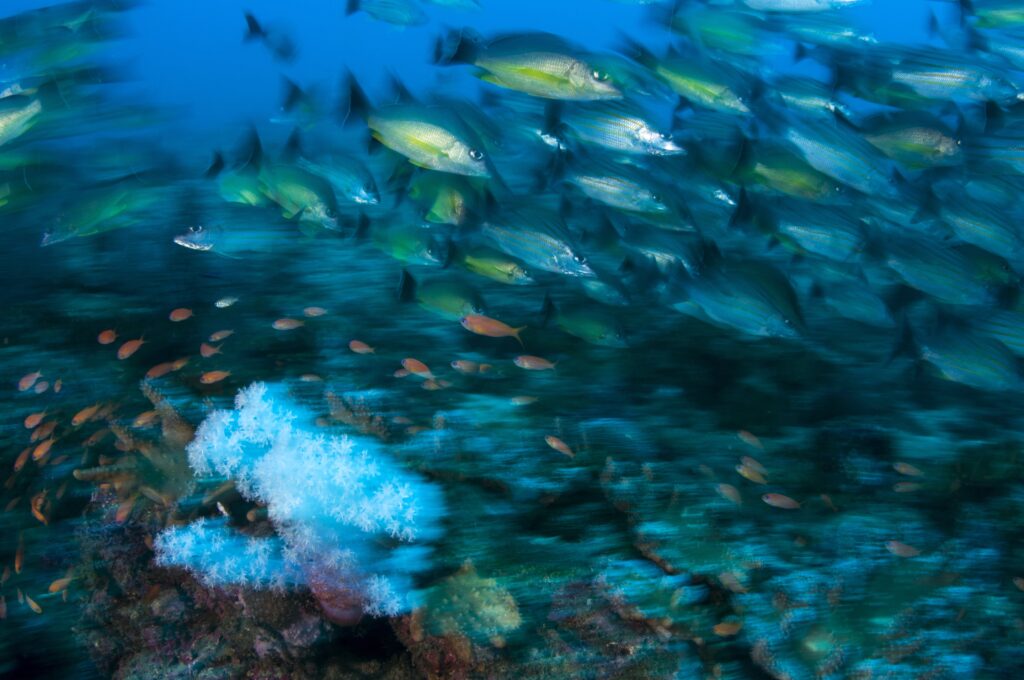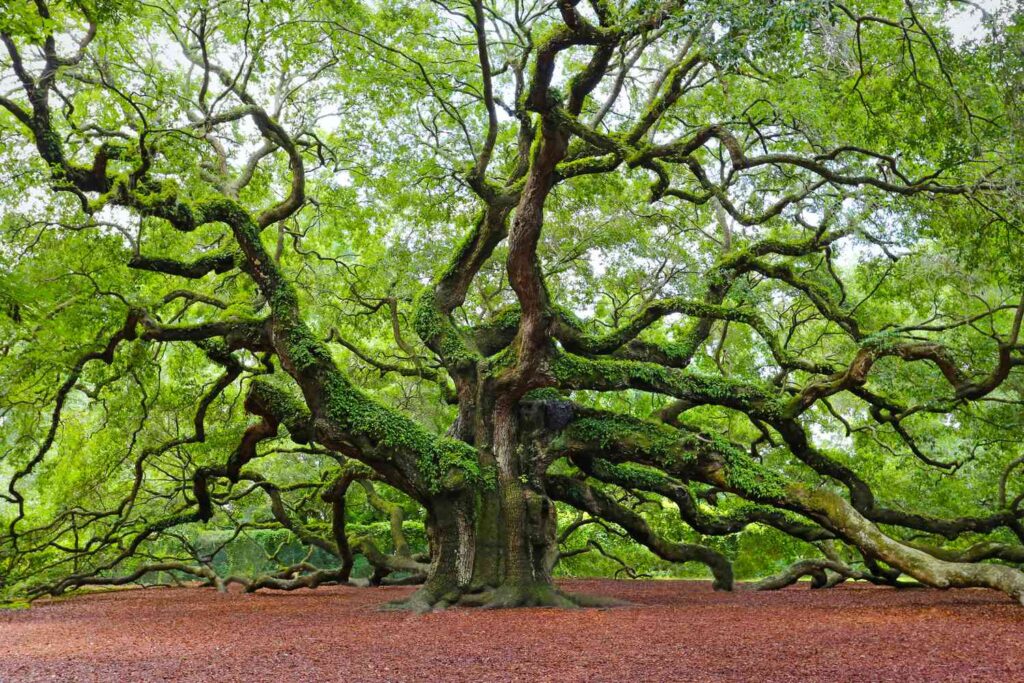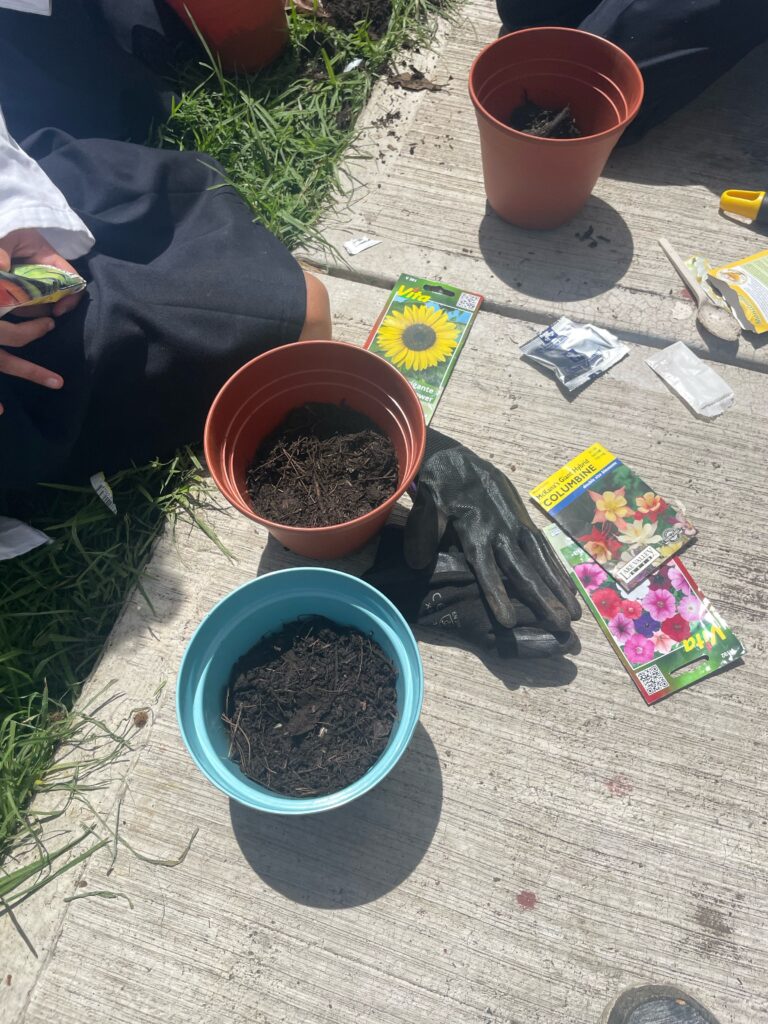In 1970, Joni Mitchell took a big yellow taxi to her hotel in Hawaii, only to wake up the next morning and find they’d paved paradise and put up a parking lot. It was a small moment, but it’s since become a universal lament—a line that captures the blunt sorrow of watching something beautiful disappear beneath concrete.
That same sorrow hums under the surface of many of our landscapes today. Meadows flattened. Hedgerows lost. Wildflower fields traded for sterile lawns. Paradise, again and again, casually paved. But sometimes—on the edge of a field, by the curve of a lane—it survives in the margins, tended by those who understand what we stand to lose.
My father-in-law Paul is one of those caretakers. A trained ecologist who studied at the University of Leicester before working for the railroad and eventually becoming a self-employed conservationist, he has spent over 30 years in Longparish, Hampshire, England, watching over the landscape with the kind of quiet dedication that runs in families. His father, Peter—a lawyer by profession but a naturalist by passion—kept meticulous nature diaries and wrote for local magazines, recording the rhythms of the seasons with the eye of someone who truly saw. Peter once asked his future wife, Doreen, to be his girlfriend under the sound of blackbirds on a picnic, and noted throughout his life how blackbirds had been present at every milestone, even toward the end.
This love of the natural world wasn’t unique to Paul’s family. Growing up, I declared at age three that I wanted to be a lepidopterist. My father, a former scout, built me a large bug house where I raised butterflies. After his unexpected death, my mother transformed our inground pool into a garden. I kept pet squirrels that had fallen from our loft, and my grandfather brought home turtles from his fishing trips. My brother and I spent family camping trips catching salamanders, our hands muddy with creek water and wonder. Paul’s brother Anthony raised atlas moths in his home, just as I later did in my university accommodation closet. Nature wasn’t just around us—it was in us, passed down like an inheritance we couldn’t imagine living without.
Now that inheritance is slipping away at an alarming rate, which makes what Paul tends all the more precious.
A legacy in the grass
In Hampshire, a narrow verge along a village road in Longparish is quietly defying that disappearance. What might seem like an unremarkable strip of grass to passing drivers is, in fact, a blaze of yellow each spring—thick with cowslips, nodding in the wind like something out of an older, gentler world.
This verge has been cared for, not neglected. It’s been watched, protected, allowed to change with the seasons. Paul understands that these small scraps of land can carry deep meaning—ecologically, yes, but personally too. His work is part conservation, part memory. The verge is a living tribute to his father’s ideals, to the belief that our relationship with the land matters. That what we take, we owe. And that what we ruin, we must answer for.
Through a local countryside club, Paul is quietly passing on those ideals to a new generation. Children from the village come to the fields to learn the names of the flowers, to spot butterflies rising in bursts of colour, to notice the slow, seasonal magic of the land. Paul doesn’t teach with speeches—he teaches by doing. And the children, naturally, follow, just as I once followed my father to check the bug house, just as Paul once followed Peter through Buckinghamshire fields.
Verges as vessels of life
Road verges are often treated like non-places—mowed flat, littered, dismissed as nothing more than the ragged edge of somewhere else. But they’re not nothing. They are everything to wildflowers that have lost their meadows, to bees in search of nectar, to butterflies drifting on the wind hoping for a patch to land on.
When managed well, verges support hundreds of native species—nearly half of the UK’s total wildflower diversity can be found in them. They serve as corridors, connecting fragmented habitats. They feed pollinators and shelter small mammals. And they remind us, if we’re paying attention, that even the smallest effort to care for the land can ripple outward.
Good management mimics the rhythms of traditional hay meadows: allowing growth in spring and early summer, then cutting in late summer and removing the clippings to keep nutrient levels low. This encourages a broader variety of perennial herbs and flowers, curbing the dominance of aggressive species like thistles, nettles, and docks. It’s slow work. It’s deliberate. But it works—something Paul learned through his years as a professional conservationist, knowledge now applied with the patience of someone who has found his calling.
A misunderstood dove
The European turtle-dove—so often romanticised, so rarely understood—is one of the many species whose survival may hinge on these slivers of wildness. It is not the snow-white bird from sentimental songs, but a slender, warm-chested summer visitor, patterned in russet and charcoal, soft in sound and rare in sight. Its numbers have plummeted by 98 percent since 1994.
The turtle-dove needs seed-rich ground—exactly the kind a thriving verge can provide. But its dry diet also means it must drink frequently, and with the decline of traditional livestock ponds, clean water is becoming scarce. Add to that the grim fate awaiting many turtle-doves on their migration routes—mercilessly shot and trapped across parts of Europe—and you begin to wonder if this shy, symbolic bird will go the way of its cousin, the passenger pigeon: once the most abundant bird in North America, now extinct. What is a world without its doves?
As someone who has spent a lifetime watching species—from the moths in my university closet to the butterflies in my childhood bug house—I know the quiet devastation of watching something beautiful become rare, then rarer still.
From despair to doing something
Some councils are beginning to see the value of places like verges. Cutting less, letting things grow, letting things live. Hampshire is trialing wildlife-friendly regimes, following in the footsteps of counties like Dorset, which has managed to both boost biodiversity and save money by reducing mowing schedules.
But change is slow. Many verges are still shaved down to the roots before they can bloom. Others are trampled, parked on, sprayed. Too often, we treat the world as if beauty and usefulness must be separate, as if wildness is untidy and order is king. But wildness is the order—we’ve simply forgotten how to read it.
The climate crisis looms large. Species vanish. Young people feel it most sharply: the guilt of inheritance, the anxiety of inaction. But in the face of global despair, there’s something incredibly grounding about tending to a single stretch of land. About making space for cowslips and butterflies. About defending a little pocket of life not because it’s convenient or profitable, but because of its intrinsic value.
When I watch Paul tend his verge, I see my grandfather returning from fishing trips with rescued turtles. I see my mother transforming our pool into a garden. I see the continuation of something essential—the belief that we are not separate from nature but part of it, responsible for it, diminished by its loss.
The verge in Longparish isn’t just about conservation. It’s about inheritance—the kind that passes not through wills but through example, not through money but through mud on your boots and the names of flowers on your tongue. It’s about understanding that paradise isn’t something we visit but something we tend, not something we had but something we choose to keep. You don’t know what you got, till it’s gone. But sometimes, if you’re very careful and very patient, you can keep it from going at all.
